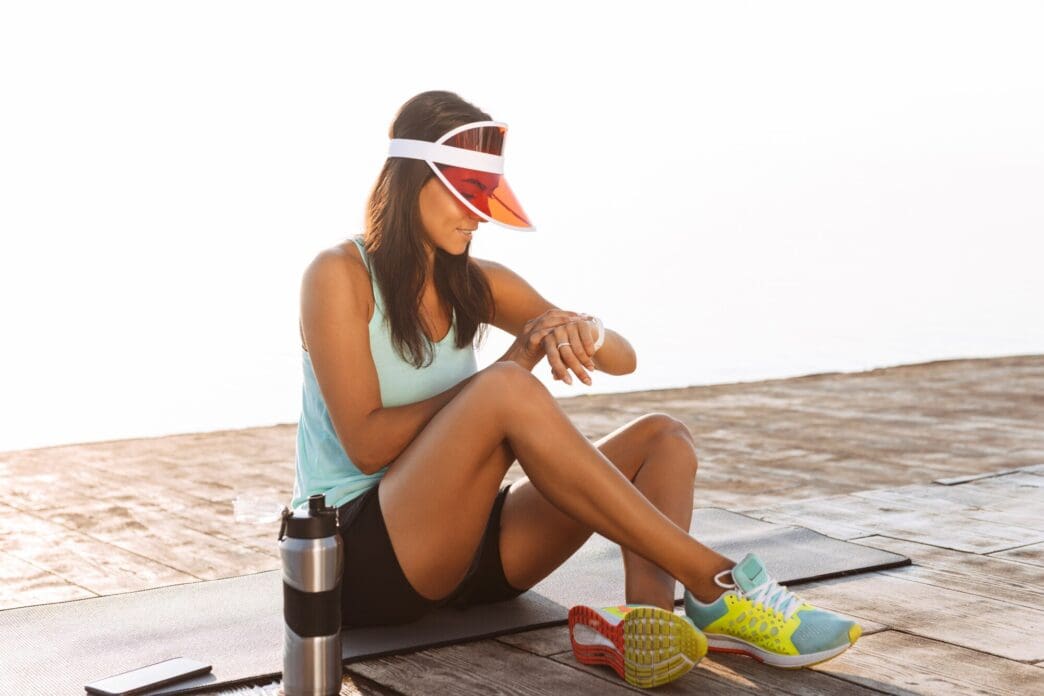A Quick Takeaway
The Story Behind the Trend
How to Make It Work for You
The Community View
When the temperatures soar, runners everywhere face the challenge of staying safe and performing well. Understanding how to effectively manage your runs in hot weather is crucial for preventing heat-related illnesses, maintaining fitness, and ensuring a positive running experience throughout the summer months. This guide will equip you with evidence-based strategies to beat the heat, ensuring you can continue your running routine safely and successfully, regardless of the rising mercury.
Understanding the Risks of Heat Running
Running in hot and humid conditions places significant stress on the body. Your core temperature rises more quickly, and your cardiovascular system works harder to pump blood to both your working muscles and your skin for cooling. This increased strain can lead to dehydration, heat exhaustion, and in severe cases, heat stroke, which is a medical emergency.
Humidity exacerbates these risks by hindering the body’s primary cooling mechanism: sweat evaporation. When sweat cannot evaporate efficiently from your skin, your core temperature continues to climb, making it much harder for your body to dissipate heat.
Strategic Timing: When to Run
The simplest and most effective strategy for managing heat is to avoid the hottest parts of the day. Early morning runs, typically before 8 AM, offer cooler temperatures and often lower humidity. Evening runs, after 6 PM, can also be an option once the sun has begun to set and the heat starts to dissipate.
Always check the local weather forecast and, more importantly, the heat index, which accounts for both temperature and humidity. If the heat index is high or there are excessive heat warnings, it’s a clear signal to adjust your plans.
Hydration is Non-Negotiable
Proper hydration is paramount when running in the heat. It’s not just about drinking water during your run, but a comprehensive strategy before, during, and after.
Pre-Run Hydration
Begin your run already well-hydrated. This means consistently drinking fluids throughout the day leading up to your workout, not just chugging water right before you head out. Aim for clear, pale yellow urine as an indicator of adequate hydration.
During-Run Hydration
For runs longer than 30 minutes in the heat, carry water or a hydration pack and drink small, frequent sips. For efforts exceeding 60 minutes, consider a sports drink containing electrolytes (sodium, potassium) to replace those lost through sweat and prevent hyponatremia, a dangerous condition caused by low sodium levels.
Post-Run Rehydration
Continue to rehydrate after your run to replenish lost fluids and electrolytes. Water, electrolyte-rich beverages, and foods like fruits and vegetables are excellent choices. Monitor your urine color for several hours post-run to ensure you are returning to a well-hydrated state.
Dress for Success: Apparel Choices
Your clothing choices can significantly impact your body’s ability to cool itself. Opt for lightweight, loose-fitting, and light-colored apparel. Light colors reflect sunlight, while loose fits allow air circulation around your body.
Moisture-wicking fabrics are superior to cotton, which absorbs sweat and stays wet, potentially trapping heat. A wide-brimmed hat can provide shade for your face and neck, and sunglasses protect your eyes from intense UV rays. Don’t forget to apply water-resistant sunscreen to all exposed skin.
Pacing and Listening to Your Body
Heat running is not the time for personal bests. Slow down your pace significantly, as your body is already working harder just to regulate its temperature. Incorporate walk breaks into your run-walk strategy to give your body mini-recovery periods.
Crucially, pay close attention to your body’s signals. Dizziness, nausea, excessive sweating followed by no sweating, chills, confusion, or a pounding headache are all warning signs of heat illness. If you experience any of these symptoms, stop immediately, seek shade, and cool down. It is always acceptable and wise to cut a run short or switch to an indoor alternative if you feel unwell.
Route Selection Matters
Choose running routes that offer ample shade, such as tree-lined paths or routes that weave between buildings. Avoiding direct sun exposure can make a noticeable difference in perceived temperature and overall comfort. Familiarize yourself with routes that have access to public water fountains or stores where you can purchase cold beverages if needed.
Running shorter loops or out-and-back routes can also provide an easy bailout option if conditions become too challenging. This allows you to quickly return home or to your starting point without being too far from safety.
Acclimatization: Adapt Gradually
Your body is incredibly adaptable, but it needs time to adjust to hot conditions. Allow for a period of 10 to 14 days of gradual exposure to heat before attempting longer or more intense runs. Start with shorter, slower efforts and progressively increase duration and intensity as your body adapts.
During acclimatization, your body will become more efficient at sweating, reduce the sodium concentration in your sweat, and increase your plasma volume, all of which help improve heat tolerance. Patience is key during this adaptation phase.
Nutrition Considerations
While hydration is primary, nutrition also plays a role in summer running. Focus on easily digestible foods before your runs to avoid stomach upset. After your runs, replenish glycogen stores with carbohydrates and aid muscle repair with protein. Incorporate electrolyte-rich foods such as bananas, oranges, spinach, and avocados to help restore mineral balance lost through sweat.
When to Reconsider or Skip a Run
There will be days when the heat and humidity are simply too dangerous for outdoor running. If the heat index is extremely high, or if you feel unwell, sleep-deprived, or are recovering from illness, it’s best to skip the outdoor run. Consider indoor alternatives like a treadmill workout, swimming, or an elliptical session. Prioritizing your health and safety is always the smartest choice.
Successfully navigating summer running requires a proactive approach to safety and performance. By prioritizing hydration, dressing appropriately, adjusting your pace, and listening intently to your body’s signals, you can continue to enjoy the benefits of running all season long. Remember, consistency in smart practices is key to a healthy and sustainable running journey, even when the mercury rises.







